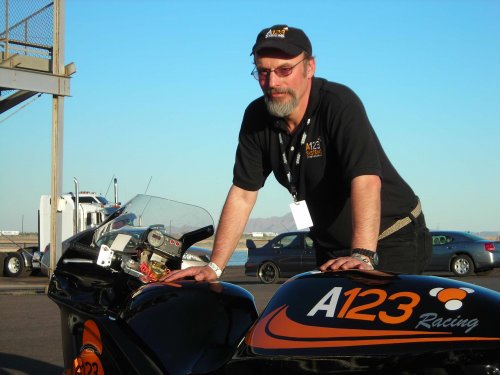I traveled back to Pennsylvania last week for my high school reunion. As you may have noted from some of my recent posts, I’ve been investigating energy, particularly renewable forms of energy. It had been three years since we’d been back in the Wyoming Valley and so I was quite astonished to see 12 large wind turbines plainly visible on top of the eastern ridge of the valley up near Bear Creek. Each 2MW Gamesa turbine provides enough electricity for about 600 homes.
I’ve written about wind turbines before in my blog because they started springing up in Colorado a few years ago and whenever I travel across Nebraska and Iowa in the LongEZ, I seem to find more of them each year.
I had yet to get up close to a wind turbine so Terri and I decided to take a drive up to the site. As you may know if you’ve ever traveled around this area of the country , the closer you get to something, the harder it is to find. In other words, you can’t see the forest through the trees. We drove up Route 115 into Bear Creek and the wind turbines all but disappeared behind the mountains and trees. We continued to drive in the general direction of the turbines, and every once in a while, we’d catch a glimpse of a blade to help reorient us toward the wind farm. After driving in a circle, we eventually found the access road to the wind farm, just off Bald Mountain Road. We saw a lot of no trespassing signs, but felt it wouldn’t hurt to go up to the maintenance office to see if we could get permission to drive up to the first tower. I found a friendly engineer there and we began to chat and he said we could drive up to the first tower and take a look around. I was most interested to hear one of these wind turbines from up close.
We were able to get quite close to the turbines and found that the noise they made was hardly noticeable and certainly not objectionable. I asked the engineer why there is controversy when it comes to wind turbines and he felt that people have been conditioned by those who have a vested interest in non-renewable forms of energy attacking them for various reasons that border on being ridiculous. For example, a common objective I hear is that wind turbines kill birds. More than 100 million birds are killed each year flying into windows in the U.S. alone, yet you don’t see anyone trying to ban windows. A similar number are killed by house cats and cars. Wind turbines kill only 1 or 2 birds per turbine per year. Even with the thousands of wind turbines deployed and planned, this number will always be at least 3 orders of magnitude less than the other causes I listed, and so bringing up one’s concern for the well being of birds is a rather odd objection.
Opponents also say that wind turbines kill bats, which eat mosquitoes, that may carry West Nile virus. Again, I think this is really reaching by people who are unaware of the benefits of renewable energy and afraid of any unlikely downside potential, such as lowered property values. I’ve also heard of people fearful that wind turbines cause audible noise but I can attest from my own experience that the noise was not very noticeable. I’d gladly trade wind turbine noise for the noise that comes from the highway 1/4 mile from my house.
I can understand the people who live a few hundred feet from a wind farm being concerned about noise, but I grew up less than 300 yards from a working coal breaker that operated 24 x 7 and it made quite a racket, yet I never knew of anyone complaining about it. It also released plenty of coal dust into the local environment as well as the final product which has significant environmental hazards. So maybe I have a different perspective on environmental noise and pollution than someone who has built a house on a mountaintop.
On the way back down the access road, we came across a large flock of wild turkeys crossing the road which you can see in the picture below. Click on it for a better image of the turkeys.
Later in the week, we traveled up to Scranton and saw the Waymart Wind Farm which has 43 GE 1.5MW turbines.
I think that wind farms along the ridges of Pennsylvania will become a more common sight as time goes on. People should not consider wind turbines as eyesores, but rather see them as examples of majestic beauty that benefit all of society.
I believe people will come to understand we need to eliminate our dependence on exhaustible fuels to provide our electricity. There is no argument that we will run out of them eventually. At some point people will realize that when they turn on a light, a TV, or computer, the energy may be coming from a silent wind turbine spinning in the distance powered by a clean and inexhaustible energy source.



